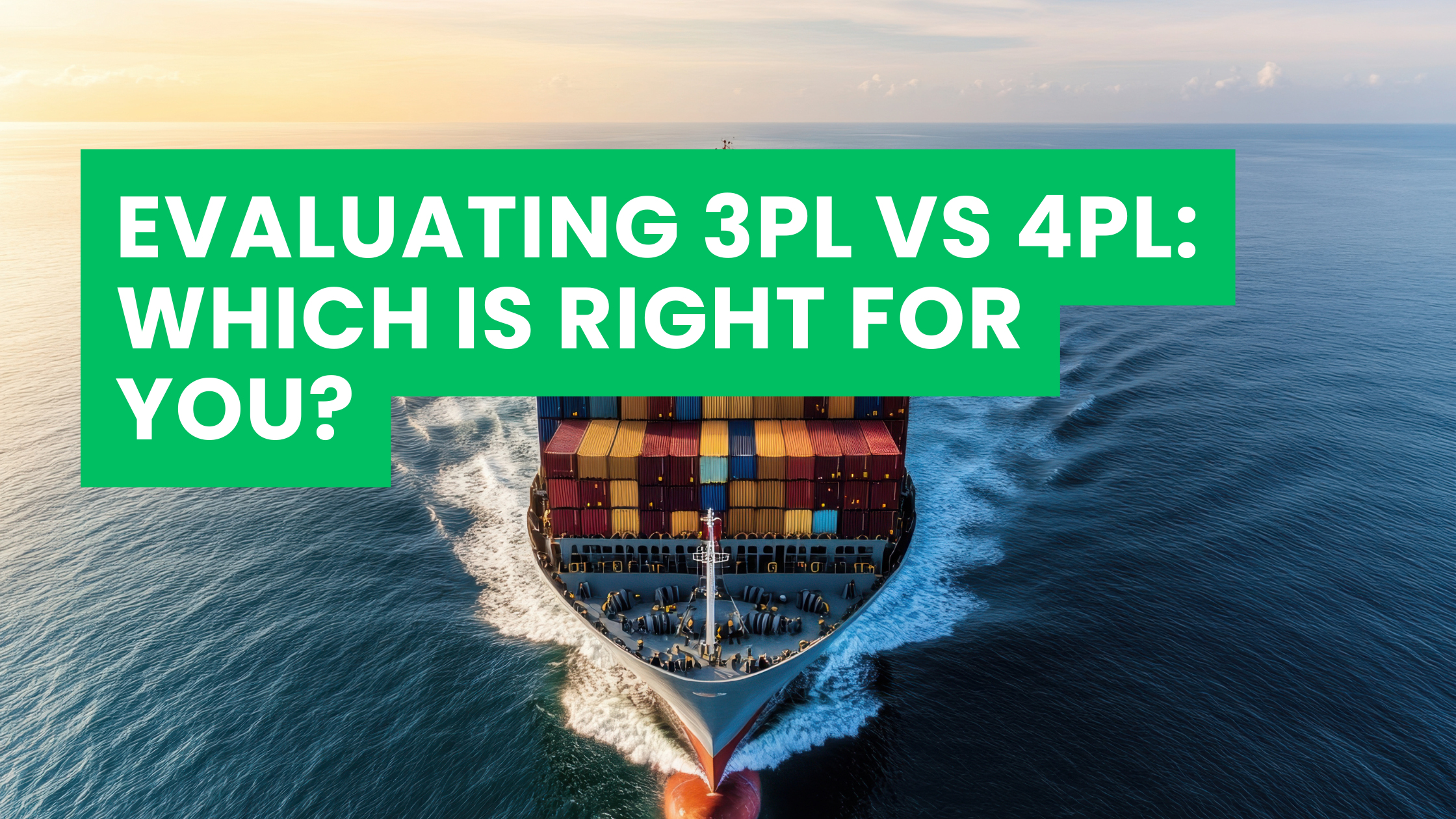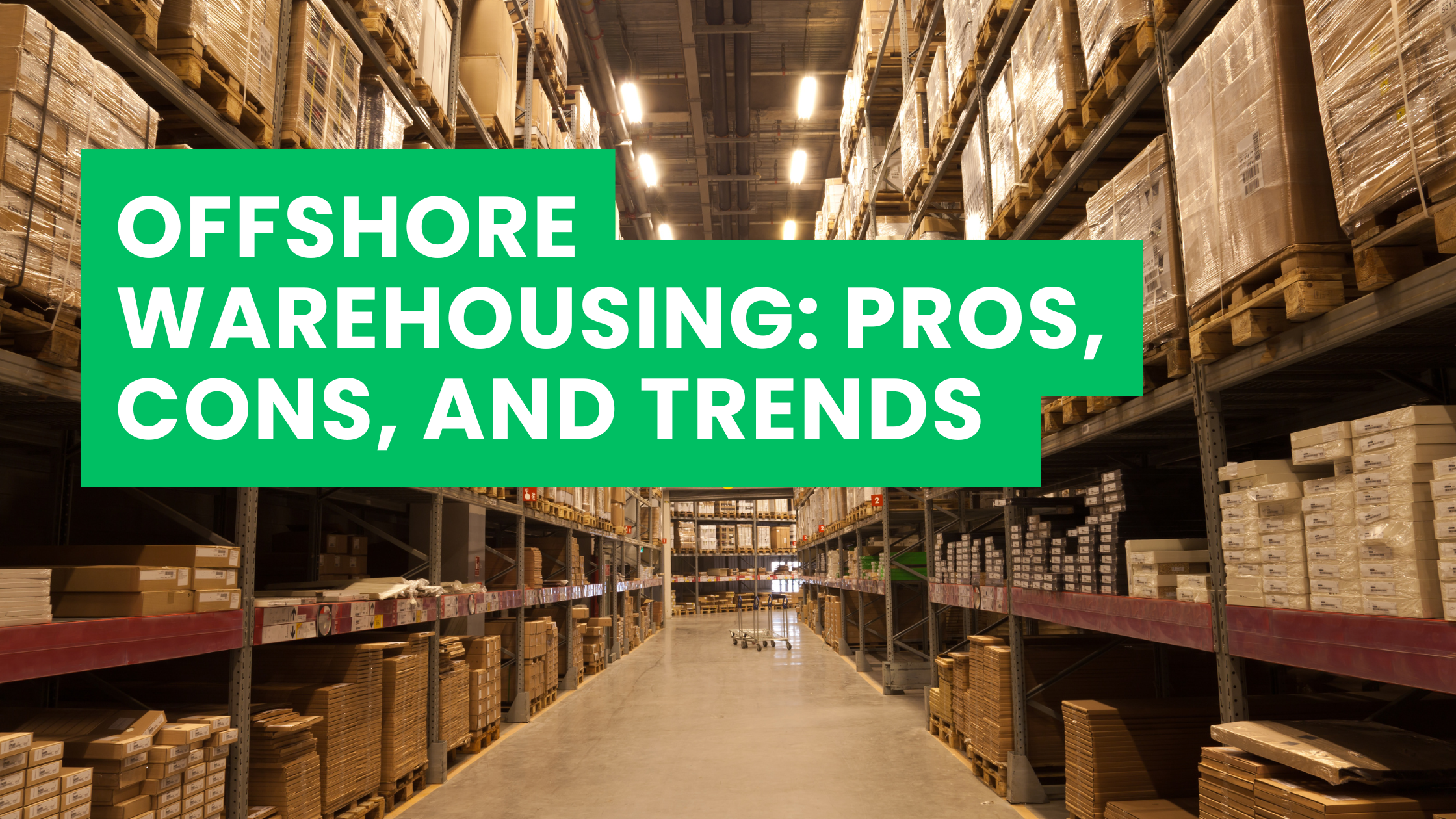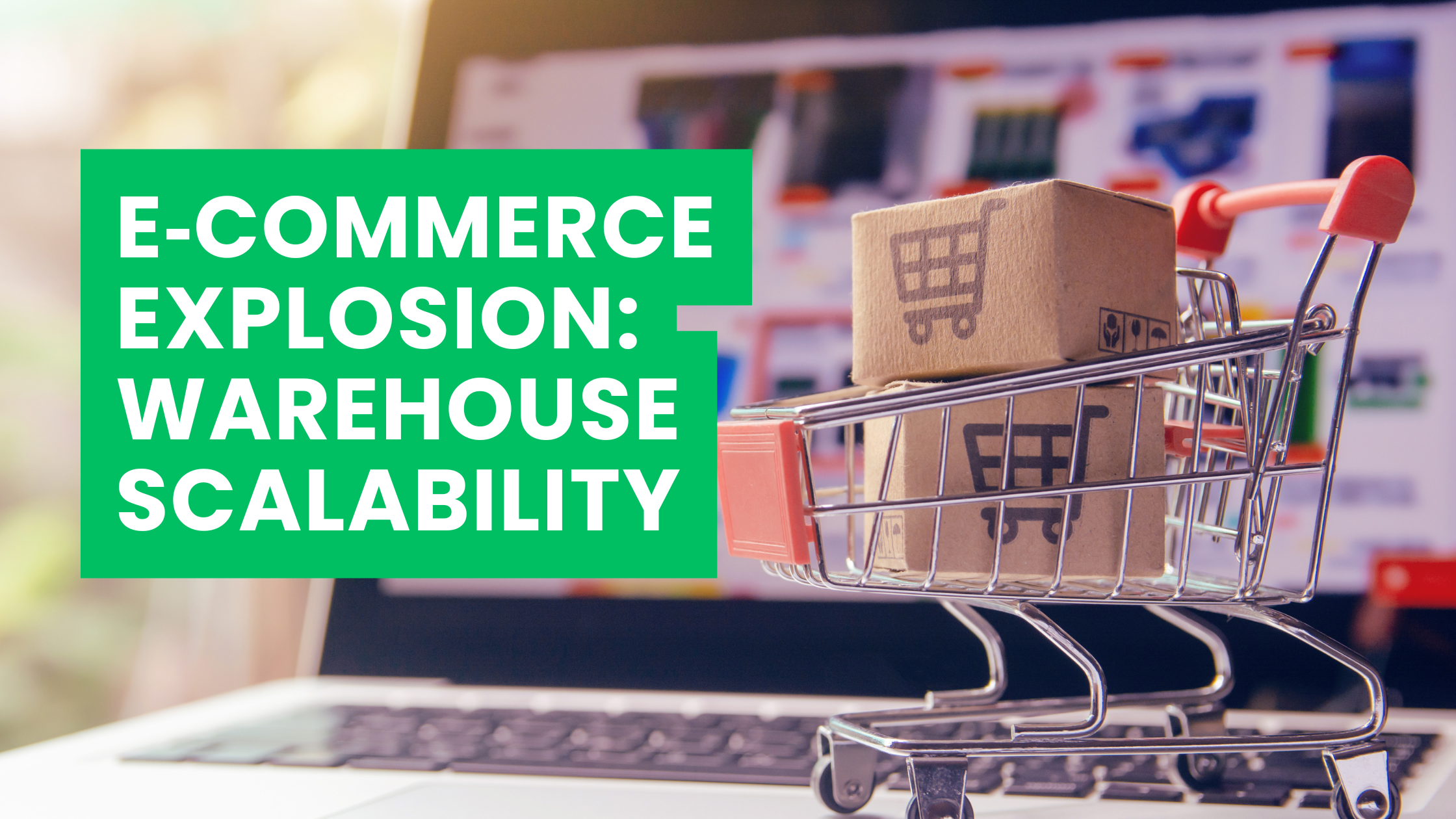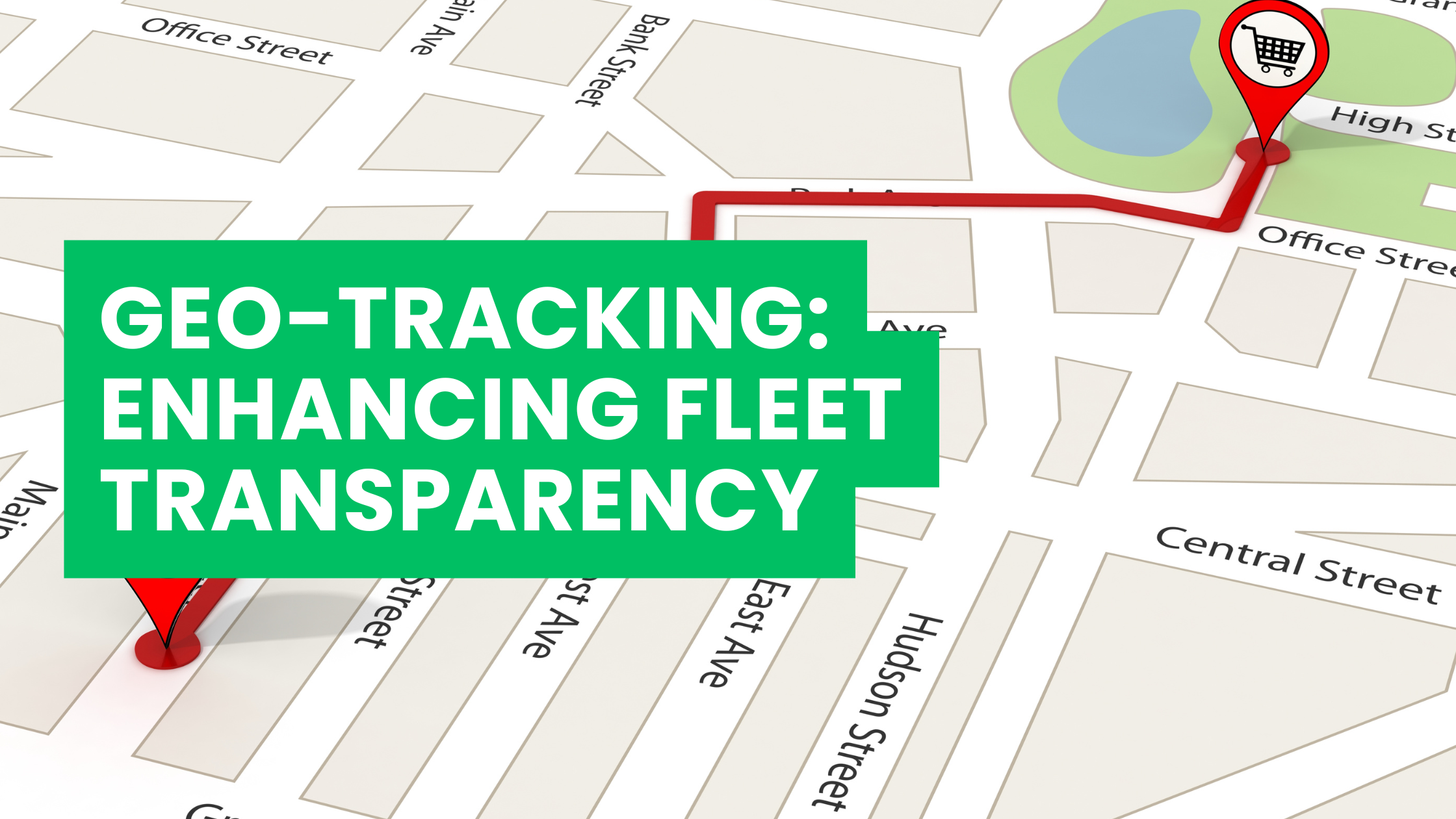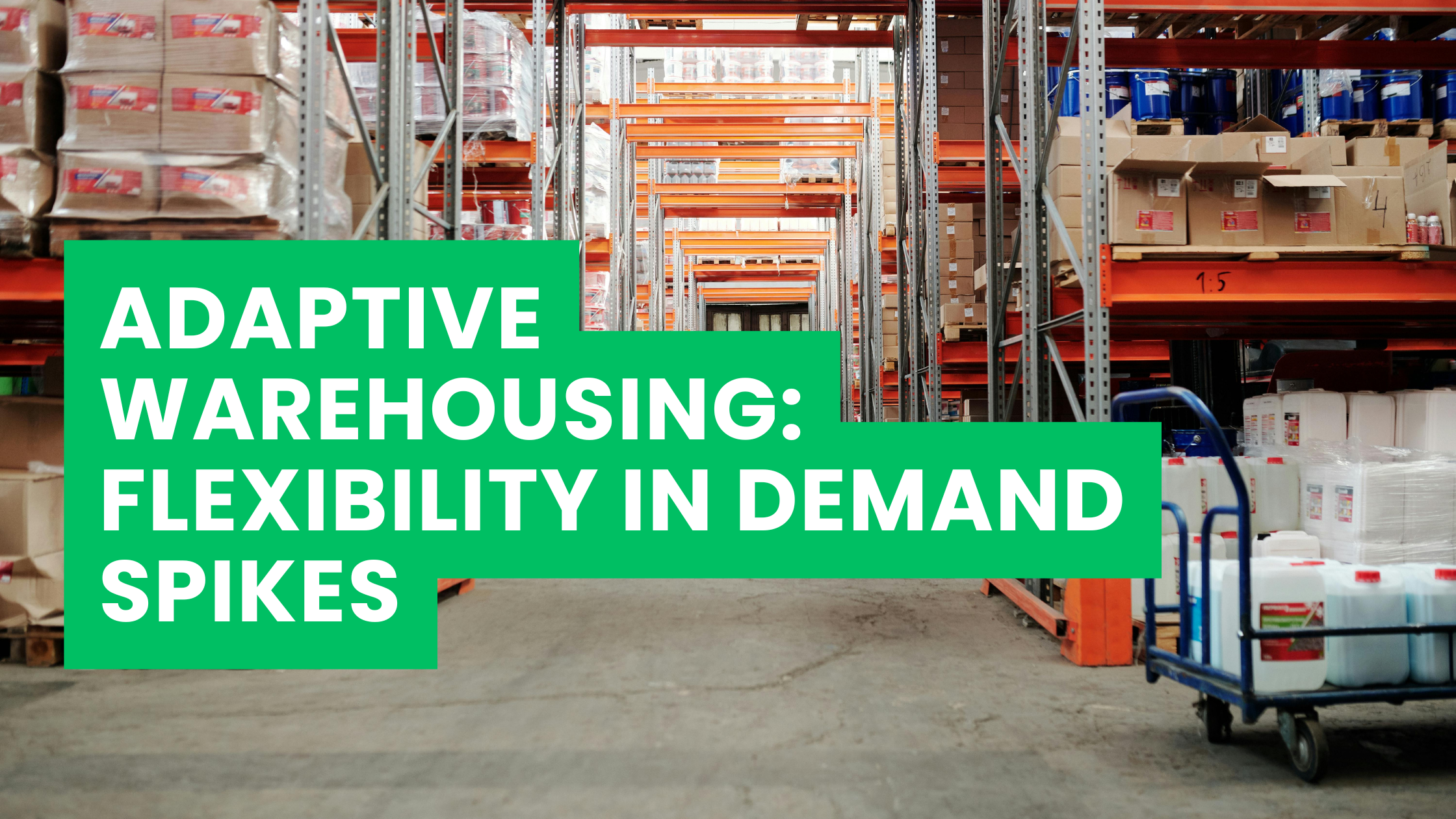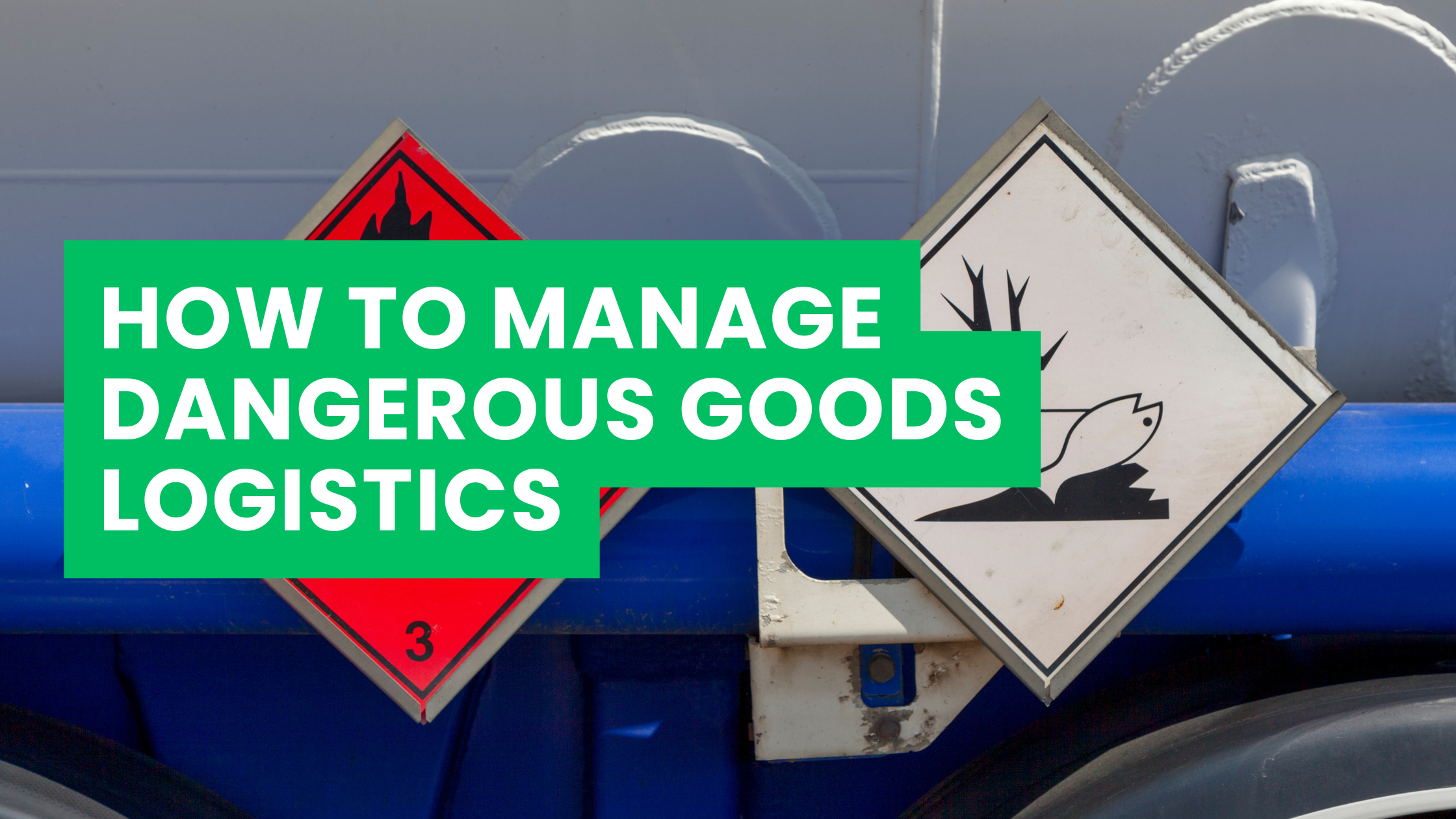In today’s hyper‑connected global economy, visibility within supply chains is no longer a luxury—it’s a necessity. Delays, bottlenecks, compliance risks, and rising customer expectations make unfiltered, real-time data essential. At ASL International, our deep expertise in global compliance, import operations (IOR), and logistics execution powers the application of digital twin architecture to create actionable, real-time dashboards that enhance transparency and responsiveness.
1. The Visibility Imperative in Modern Supply Chains
Post‑pandemic disruptions, geopolitical tensions, extreme weather, and cyber‑risks have intensified uncertainty across supply chains. Executives increasingly demand real-time insight into shipment status, inventory levels, and supplier performance to proactively avert disruptions. Technologies like GPS, RFID, control towers, and AI/machine learning are increasingly adopted—but true end‑to‑end visibility remains rare.
Even large enterprises often have limited visibility beyond their Tier‑1 suppliers—only about 30% claim deeper insights into multi-tier supplier networks. The gap now lies less in technology and more in willingness across the ecosystem to share data.
2. What Real‑Time Dashboards Actually Deliver
A well-designed dashboard provides:
- End‑to‑End Transparency: Track shipments from origin through multimodal transport (sea, air, road) to final delivery.
- Incident Alerts & Early Warnings: Detect delays, cold‑chain breaches, quality defects, or vendor non‑compliance in real time.
- Portfolio of KPIs: Inventory on-hand, stock turns, transit times, exception rates, supplier performance, carbon footprint—presented in intuitive visual formats.
- Drill‑down Analysis: Users can filter map by region, supplier, product, or incident type.
- AI‑Driven Insights: Predict disruptions, recommend actions (reroute, reroute mode, find alternate suppliers, pre‑book capacity).
3. ASL International & the Digital Twin Advantage
ASL International anchors its visibility solution in a digital twin approach: a dynamic, virtual representation of the supply chain—fusing live logistics, customs, compliance, and warehouse data. This creates unified dashboards that surface real-time insights and simulate potential disruptions.
Key benefits:
- Unified Execution & Monitoring: Customs, freight, warehousing, and supplier performance are monitored on a single platform, improving cross-functional coordination.
- Predictive Scenarios: Simulate scenarios such as port congestion, trade compliance delays, temperature excursions, and test alternative routing or carriers preemptively.
- Sustainability & Compliance Metrics: Incorporate data on carbon emissions and compliance with global regulations—essential given modern reporting requirements.
4. Why Organizations Subscribe to Real‑Time Visibility
A break‑glass case is not needed—many benefits are ongoing and strategic:
• Revenue Protection & Cost Avoidance
Supply chain disruptions cost organizations up to $184 billion annually globally. Visibility dashboards help avoid late deliveries, penalties, returns, and lost sales.
• Operational Efficiency
Automated dashboards reduce manual reporting, accelerate decision-making, and optimize routing and inventory allocation.
• Risk Mitigation & Resilience
Early alerts enable teams to act swiftly—rerouting delays, managing shortages, or activating alternative suppliers. APT‑SCIM dashboards, for instance, function as early-warning systems to resolve issues before escalation.
• Customer Trust & Transparency
Customers increasingly expect detailed, real-time updates on order status. Visible, accurate tracking supports brand reputation and reduces inquiries.
• Regulatory Compliance & ESG Goals
Visibility platforms help ensure compliance with rules like the U.S. Uyghur Forced Labor Prevention Act or the EU Sustainability Due Diligence Directive—and offer visibility into carbon footprints, labor origins, and conflict minerals.
5. Core Features of High‑Impact Dashboards
Building effective dashboards requires a blend of technology, data architecture, and user experience design.
• Multi‑Modal Tracking
Incorporate vessel AIS, GPS, RFID, TMS, WMS, ERP, and IoT sensor data (e.g., temperature, humidity, vibration).
• Role‑Based Views
Customize dashboards based on role—executive summary dashboards, operations dashboards, supplier compliance or customs audit views.
• Real‑Time Alerts & Exception Management
Alerts based on threshold breaches or delays—with recommended corrective actions embedded.
• Analytics & Root‑Cause Insights
Dashboards powered by AI/ML can analyze historic patterns, predict delays, and recommend adjustments such as rerouting or alternate suppliers.
• Drill‑Down & Filtering
Interactive filters let users slice data by geography, facility, carrier, incident severity, or product line.
6. Implementation Strategy: Best Practices
• Start with Priority Lanes
Pilot on key corridors or high‑value lines to demonstrate ROI—e.g. high‑volume sea shipments or perishable cargo lanes.
• Integrate Incrementally
Begin by integrating TMS, WMS, and ERP; then layer in IoT and customs/government-trade data to enrich the picture.
• Build the Organizational Buy‑In
Work with suppliers, carriers, and 3PLs to get real-time integration. Incentivize data sharing—visibility is only as strong as the weakest data source.
• Train Cross‑Functionally
Ensure teams across logistics, compliance, operations, and finance can interpret dashboard data and act on alerts.
7. Real‑World Use Case Examples
• Cold‑Chain Shipping of Pharmaceuticals
IoT sensors monitor temperature in transit. If temperature deviates outside threshold, dashboard triggers diversion routing and alerts cross‑functional teams immediately. ASL’s digital twin enables visibility from factory to patient.
• Multimodal Control Tower
Combining ocean vessel tracking, inland trucking, supplier alerts, and customs clearance into one platform allows for consolidated analytics. WorldScope-style platforms allow stakeholders to monitor shipments globally and manage by exception alerts.
• Supplier Risk Monitoring
Dashboard dynamically tracks delivery reliability and lead‑time variance via Box‑and‑Whisker or heatmap KPIs. Teams can see which suppliers are consistently late, then shift orders proactively.
8. Challenges & How to Overcome Them
• Data Silos & Integration Complexity
Legacy systems, inconsistent formats, and lack of standardization hinder real-time updates. Progressive layering of APIs, ETL pipelines, and data normalization is required,
• Change Management & Supplier Resistance
Some organizations hesitate to share detailed logistics or pricing data upstream. Building trust and offering shared benefit (e.g., better forecasting, fewer chargebacks) is essential.
• Alert Fatigue & Information Overload
Too many alerts dilutes focus. Implement threshold‑based filtering, categorization by severity, and role‑based dashboards to avoid noise.
• Cost & Technology Investment
IGoing live with IoT sensors, cloud dashboards, AI, and analytics can be resource-intensive. Proving early ROI through pilots helps justify broader rollouts.
9. Why ASL International Stands Out
- Compliance Expertise Meets Real-Time Infrastructure: ASL combines customs/IOR, trade, and regulatory know-how with a real-time digital twin architecture embedded in its dashboards.
- Global Footprint + Local Knowledge: As a multi-country operator, ASL can integrate across trading lanes with visibility into both global compliance and on-ground transport.
- Actionable Simulation Capabilities: Beyond passive tracking, ASL’s dashboards allow teams to model scenarios (e.g. port closures, supplier delays) and plan alternate execution paths.
10. Future Trends: AI, Federated Learning, Graph Twins
Looking ahead, cutting-edge approaches are emerging:
- Graph‑Neural‑Network & Federated Learning Models: These enable predictive link analysis across supplier networks (especially multi‑tier) without centralizing sensitive data. This helps uncover hidden supply‑chain interdependencies.
- Graph-Based Digital Twins with Embedded ESG Metrics: Academic frameworks now propose combining graph relational models with dynamic simulation to optimize for cost, resilience, and sustainability metrics in real time.
- Generative AI & Smart Recommendations: Platforms are beginning to embed generative AI to not only forecast disruptions, but also articulate “why” and recommend “what” – including re-routing, alternate carriers, or even supplier substitutions.
Conclusion
Real-time dashboards do far more than visualize data—they enable proactive, informed decision-making across complex global supply chains. In a world marked by uncertainty—from geopolitical risk to extreme weather, trade regulations, and shifting customer demands—visibility is the foundation of resilience.
ASL International’s digital twin-based approach offers integrated compliance, logistics, and AI-driven simulation capabilities, making it a leader in supply chain visibility transformation. By embracing real-time dashboards, organizations empower themselves to anticipate disruption, optimize operations, reduce cost and waste, ensure regulatory compliance, and elevate customer trust.
The future is visible—and visible in real time. Start small, pilot fast, expand smarter, and empower your entire supply chain network to see and act as one.

